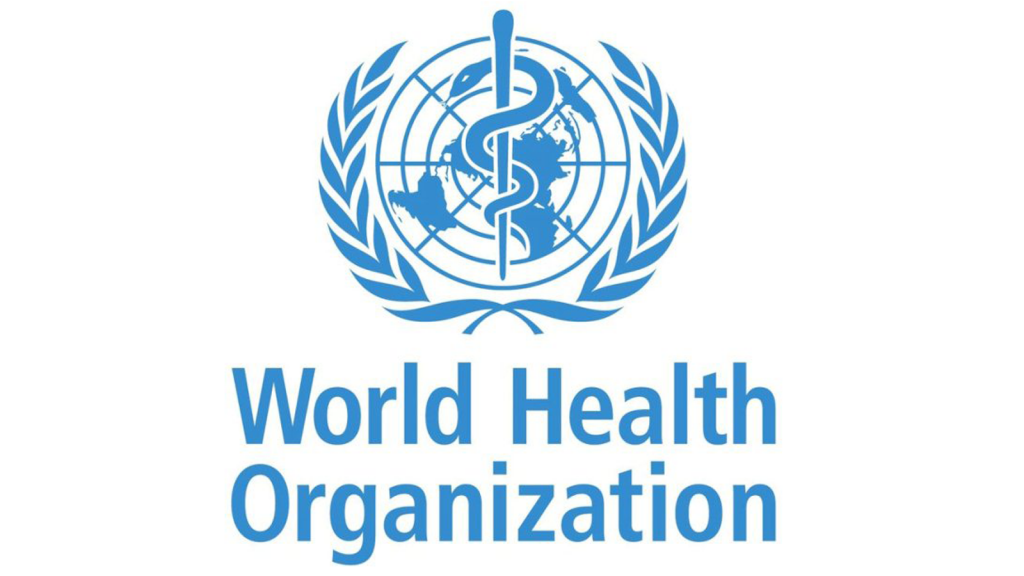Maintaining essential health services: operational guidance for the COVID-19 context
Countries around the world are facing the challenge of increased demand for care of people with COVID-19, compounded by fear, misinformation and limitations on movement that disrupt the delivery of health care for all conditions. Maintaining essential health services: operational guidance for the COVID-19 context recommends practical actions that countries can take at national, subregional and local levels to reorganize and safely maintain access to high-quality, essential health services in the pandemic context. It also outlines sample indicators for monitoring essential health services, and describes considerations on when to stop and restart services as COVID-19 transmission recedes and surges. This document expands on the content of pillar 9 of the COVID-19 strategic preparedness and response plan, supersedes the earlier Operational guidance for maintaining essential health services during an outbreak, and complements the recently-released Community-based health care, including outreach and campaigns, in the context of the COVID-19 pandemic. It is intended for decision-makers and managers at the national and subnational levels.
This update of the guidance from the end of March 2020, has two main parts: (1) Operational strategies for maintaining essential health services, and (2) Life course and disease considerations.
In the second part, there is a sub-section covering maternal and newborn health, child and adolescent health, older people, and sexual and reproductive health services, including on page 29, guidance on safe abortion care and post-abortion care, which reads as follows:
- Consider reducing barriers that could delay care and therefore increase risk for adolescents, rape survivors and others particularly vulnerable in this context.
- Consider the option of using non-invasive medical methods for managing safe abortion and incomplete abortion.
- Minimize facility visits and provider–client contacts through the use of telemedicine and self-management approaches, when applicable, ensuring access to a trained provider if needed.
- Adjust forecasting for commodities and supplies to meet the anticipated increase in need for medical methods of abortion.
When facility-based provision of SRH services is disrupted, WHO recommends prioritizing digital health services, self-care interventions, task sharing and outreach to ensure access to medicines, diagnostics, devices, information and counselling. This prioritization should include ensuring access to contraception, abortion to the full extent allowed by law, and prevention and treatment services for sexually transmitted infections (STIs), including HIV and human papillomavirus (HPV).
To read the guidelines, please click here
